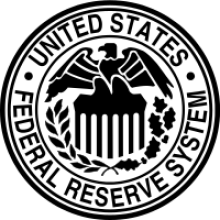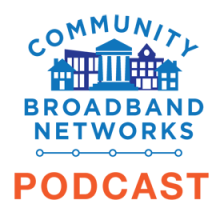Federal Reserve Report Highlights High-Quality Connectivity
The Federal Reserve is responsible for setting interest rates and executing monetary policy in the United States, but many people don’t realize that the agency also has a hand in community development. This summer, the Federal Reserve Bank of Dallas released a report, Closing the Digital Divide: A Framework for Meeting CRA Obligations, which includes information for banks about funding digital inclusion programs and community networks.
The report, published in July, states:
“Access to broadband has become essential to make progress in all areas of community development—education and workforce development, health, housing, small-business development and access to financial services.”
Closing the Digital Divide is important not only because it provides substantial information for banks, but also because it indicates federal support exists for community-based infrastructure improvements. The report discusses improving Internet access for low and moderate-income individuals and neighborhoods.
Using The Community Reinvestment Act To Improve Infrastructure
From the 1930 until the late 1970s, many banks denied lending to individuals and organizations based on their location. The practice is called “redlining” after the red ink that outlined low-income neighborhoods on a map, and was made illegal when Congress passed the Community Reinvestment Act (CRA) in 1977. Under the CRA, banks must to use the same evaluation criteria for all loan applicants regardless of the neighborhood they live in, which expands lending to include low and moderate-income (LMI) individuals. The Federal Reserve assesses banks’ performance under CRA guidelines, which bring about $100 million in capital to low and moderate income areas per year through various projects. Improving Internet access is an increasingly large portion of these initiatives.
In The Weeds



